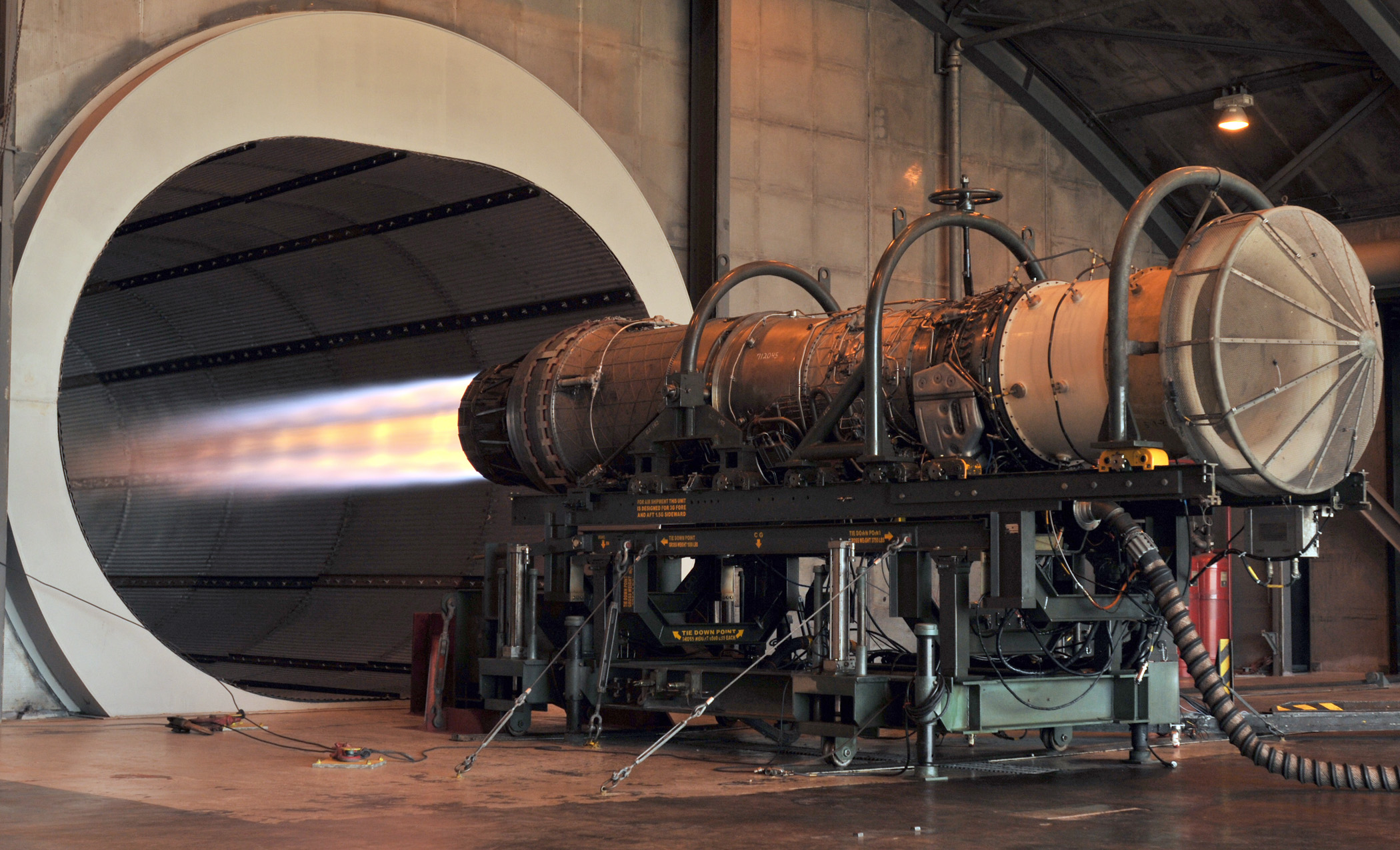Dictionary of Space Concepts
Welcome to the Dictionary of Space Concepts
What is the Dictionary of Space Concepts?
The Dictionary of Space Concepts (DSC) is a project by UNIVERSEH – the European Space University of Earth and Humanity. Starting in 2020, this Alliance of five European Universities decided to launch an online dictionary dealing with terms and concepts related to space sciences. It should be created and used by students, lecturers, researchers and citizens alike.
After an initial planning phase, the DSC was published in spring 2022. It opens up several opportunities for all members of the UNIVERSEH Alliance and interested citizens to contribute to the content of the DSC.
In our course "Terms and Concepts of Space", students learn how to write a dictionary article and later on contribute several entries to the DSC.
Special | A | B | C | D | E | F | G | H | I | J | K | L | M | N | O | P | Q | R | S | T | U | V | W | X | Y | Z | ALL
J |
|---|
Jet engine | ||
|---|---|---|
 U.S. Air Force. (2010, November). F100 F-15 engine. Retrieved from https://upload.wikimedia.org/wikipedia/commons/6/69/F100_F-15_engine.JPG Photograph of a jet engine in operation, with a long converging plume of hot gas streaming out from the nozzle Short Definition: A jet engine is a reaction engine that produces a jet of heated gas to be discharged from the engine as a reaction mass. The Propelling gas is usually air, especially when the engine is used in the atmosphere on flying vehicles, but can be other gas or liquid. Detailed Definition: A jet engine is a reaction engine that discharges a fast-moving (often supersonic) jet of hot gas (usually air, if the engine is used in the atmosphere) and to generate thrust. Jet engines are usually internal combustion engines and used everywhere: on planes, boats and rockets. Etymology: Jet – from French jet– throw, cast, gush, spurtEngine – from Middle English engyn or Anglo-Norman engine or Old French engin– skill, cleverness, war machine Sample Sentences: The jet engine roared as the airplane accelerated down the runway. Translations French: Moteur à réactionGerman: Turbinen-Strahltriebwerk Italian: Esoreattore Polish: Silnik odrzutowy Swedish: Jetmotor Russian: Реаĸтивный двигатель Ukrainian: Реаĸтивний двигун References: SKYbrary Aviation Safety. (2019, December). Jet engine. Retrieved from https://www.skybrary.aero/articles/jet-engine Airbus. (2016, November). Flight operations briefing notes – Supplementary techniques : Handling engine malfunctions. Retrieved from https://web.archive.org/web/20161022181226/http://www.airbus.com/fileadmin/media_gallery/files/safety_library_items/AirbusSafetyLib_-FLT_OPS-SUPP_TECH-SEQ07.pdf | ||
Jupiter | |||
|---|---|---|---|
 Source: Stewart, P. (2018, June 8). Jupiter. flickr. https://www.flickr.com/photos/106648653@N05/42658035711 Definition
Etymology:The planet is named after Jupiter, the highest ancient Roman deity, the god of sky and thunder. Translations:
| |||
UNIVERSEH is an alliance of:
All rights reserved. Funded by the European Union. Views and opinions expressed are however those of the author(s) only and do not necessarily reflect those of the European Union or the European Education and Culture Executive Agency (EACEA). Neither the European Union nor the granting authority can be held responsible for them.







